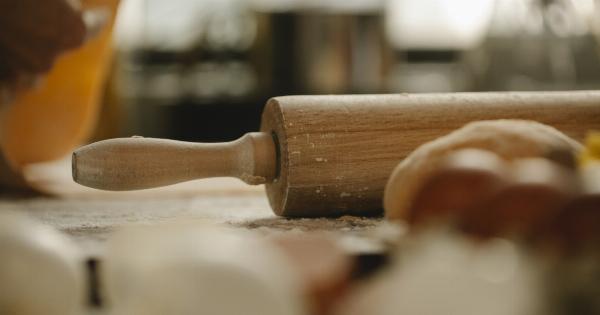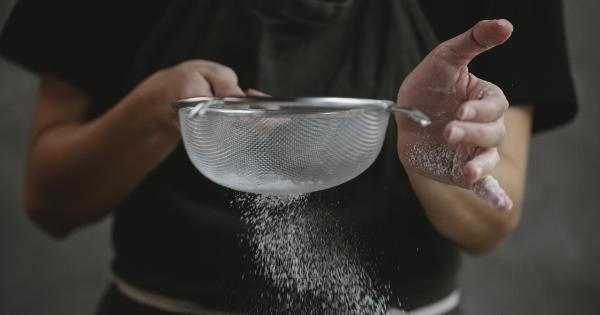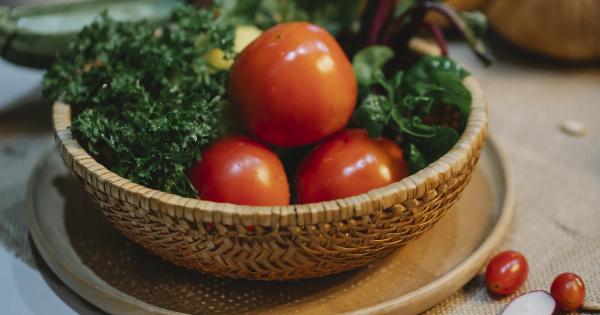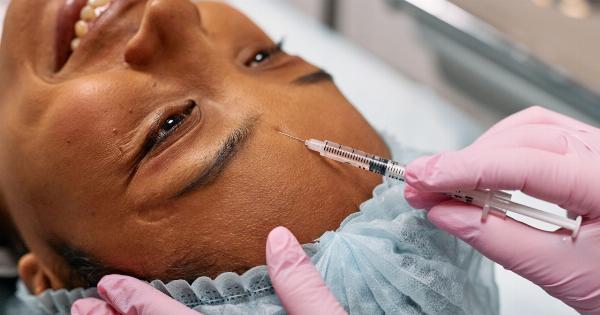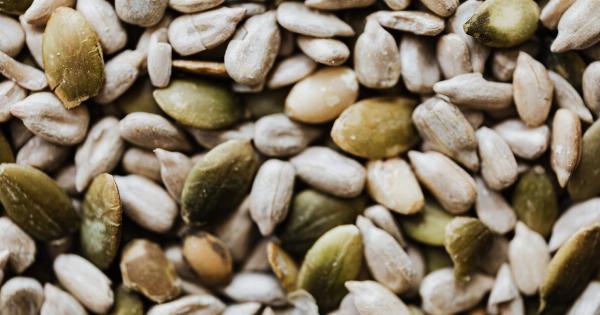Acne can be a frustrating and stubborn skin condition that affects many individuals. While there are various over-the-counter and prescription treatments available, some people prefer a more natural approach to skincare.
Carrot soap is a great option for those looking to combat acne using gentle and natural ingredients. In this easy tutorial, we will guide you through the steps of making your own carrot soap at home.
What Makes Carrot Soap Effective for Acne?
Carrots are not only a nutritious vegetable to incorporate into your diet but also offer excellent benefits for your skin. They are rich in antioxidants, including beta-carotene, which helps fight free radicals and protect the skin from damage.
Additionally, carrots contain vitamins A and C, both of which are known for their skin-healing and rejuvenating properties.
When combined with other natural ingredients in soap, carrots can help regulate sebum production, reduce inflammation, and promote skin cell turnover. These qualities make carrot soap an ideal choice for acne-prone skin.
Ingredients Required for Carrot Soap:
- 2 large carrots
- ½ cup of coconut oil
- ½ cup of olive oil
- ½ cup of shea butter
- ½ cup of lye (sodium hydroxide)
- 1 cup of distilled water
- 15-20 drops of essential oil (optional for fragrance)
Step-by-Step Guide:
1. Prepare Your Working Area
Begin by choosing a well-ventilated area for making your soap. It is essential to work in a space where you can easily access all your ingredients and equipment without any hindrance.
Make sure to lay out all the necessary equipment and tools within reach.
2. Gather and Prepare All the Ingredients and Materials
Collect all the listed ingredients and measure them precisely to maintain the soap’s consistency and effectiveness. Wearing protective gloves and goggles is crucial when handling lye, as it is a caustic substance.
Keep a stack of clean towels or paper towels handy for any spills or accidents.
3. Prepare the Carrots
Thoroughly wash the carrots and peel off the outer skin. Grate the carrots finely or blend them in a food processor to create a smooth puree. Set aside the carrot puree for later use.
4. Prepare the Lye Solution
Caution: When working with lye, always follow safety guidelines to avoid accidents. Ensure you are wearing protective gear and working in a well-ventilated area. Be cautious not to inhale the fumes and handle the lye with care.
In a heat-resistant container, carefully add the lye to the distilled water. Stir gently with a heat-resistant spoon until the lye is completely dissolved. The mixture will release heat, so allow it to cool down for some time.
5. Prepare the Soap Base
In a separate heat-resistant container, combine the coconut oil, olive oil, and shea butter. Place the container in a water bath or double boiler setup to melt the oils and butter together. Stir occasionally to ensure even melting.
6. Combine the Soap Base and Lye Solution
Once the lye solution and soap base have cooled down to a similar temperature (around 100°F or 38°C), slowly pour the lye solution into the soap base. Stir continuously and gently to combine the ingredients.
7. Incorporate the Carrot Puree
Add the prepared carrot puree to the soap mixture and stir thoroughly to ensure it is evenly distributed. The carrot puree will add color and provide the skin-loving benefits of carrots to the soap.
8. Optional: Add Essential Oils for Fragrance
If desired, add a few drops of your favorite essential oil to the soap mixture for a delightful fragrance. Lavender, tea tree, or chamomile essential oils are excellent choices to enhance the therapeutic properties of the soap.
9. Pour the Soap into Molds
Carefully pour the soap mixture into soap molds of your choice. Silicone molds work well for this purpose, as they allow for easy release once the soap has hardened. Smooth the tops with a spatula or the back of a spoon.
10. Allow the Soap to Cure
Place the filled soap molds in a cool and dry area where they can cure. The soap needs time to dry out and harden, typically taking around 4-6 weeks.
During this curing process, the saponification reaction occurs, converting the oils and lye into gentle and skin-nourishing soap.
Tips for Using Carrot Soap:
– Before using the soap on your face or body, perform a patch test on a small area of skin to ensure there are no adverse reactions.
– Keep the soap in a well-drained soap dish or on a soap tray to prevent it from becoming excessively soft or mushy.
– Use the carrot soap regularly as part of your skincare routine to reap its full benefits. Consistency is key when addressing acne concerns.
– If you experience any discomfort or irritation after using the soap, discontinue use and consult a dermatologist.
Final Thoughts
Carrot soap is a wonderful natural option for those looking to improve their acne-prone skin and enjoy the numerous benefits of carrots. By following this step-by-step tutorial, you can create your own carrot soap at home with ease.
Remember, skincare takes time and patience, so don’t expect overnight miracles. Embrace the natural goodness of carrot soap, and in no time, you may notice healthier, clearer, and more radiant skin.










